The Rhine Falls (German: Rheinfall [ˈʁaɪnfal] , a singular noun) is a waterfall located in Switzerland and the most powerful waterfall in Europe. The falls are located on the High Rhine on the border between the cantons of Schaffhausen (SH) and Zürich (ZH), between the municipalities of Neuhausen am Rheinfall (SH) and Laufen-Uhwiesen/Dachsen (ZH), next to the town of Schaffhausen in northern Switzerland.
They are 150 metres (490 ft) wide and 23 metres (75 ft) high. In the winter months, the average water flow is 250 m3/s (8,800 cu ft/s), while in the summer, the average water flow is 600 m3/s (21,000 cu ft/s). The highest flow ever measured was more than 1,250 cubic metres per second (44,000 cu ft/s) in 1999, and the lowest, 95 cubic metres per second (3,400 cu ft/s) in 1921. The falls cannot be climbed by fish, except by eels that are able to worm thei...Read more
The Rhine Falls (German: Rheinfall [ˈʁaɪnfal] , a singular noun) is a waterfall located in Switzerland and the most powerful waterfall in Europe. The falls are located on the High Rhine on the border between the cantons of Schaffhausen (SH) and Zürich (ZH), between the municipalities of Neuhausen am Rheinfall (SH) and Laufen-Uhwiesen/Dachsen (ZH), next to the town of Schaffhausen in northern Switzerland.
They are 150 metres (490 ft) wide and 23 metres (75 ft) high. In the winter months, the average water flow is 250 m3/s (8,800 cu ft/s), while in the summer, the average water flow is 600 m3/s (21,000 cu ft/s). The highest flow ever measured was more than 1,250 cubic metres per second (44,000 cu ft/s) in 1999, and the lowest, 95 cubic metres per second (3,400 cu ft/s) in 1921. The falls cannot be climbed by fish, except by eels that are able to worm their way up over the rocks.
Tourists have been awed by the Rhine Falls for centuries. In the 19th century, the painter J. M. W. Turner made several studies and larger paintings of the falls,[1] and the lyrical poet Eduard Mörike wrote of the falls:
 J. M. W. Turner: Fall of the Rhine at Schaffhausen (Museum of Fine Arts, Boston)Halte dein Herz, o Wanderer, fest in gewaltigen Händen!
Mir entstürzte vor Lust zitternd das meinige fast.
Rastlos donnernde Massen auf donnernde Massen geworfen,
Ohr und Auge, wohin retten sie sich im Tumult?(Hold your heart, oh traveller, tightly in mighty hands!
Mine nearly collapsed, shivering with pleasure.
Restlessly thundering masses thrown upon thundering masses,
Ear and eye, whither can they save themselves in such an uproar?)
J. M. W. Turner: Fall of the Rhine at Schaffhausen (Museum of Fine Arts, Boston)Halte dein Herz, o Wanderer, fest in gewaltigen Händen!
Mir entstürzte vor Lust zitternd das meinige fast.
Rastlos donnernde Massen auf donnernde Massen geworfen,
Ohr und Auge, wohin retten sie sich im Tumult?(Hold your heart, oh traveller, tightly in mighty hands!
Mine nearly collapsed, shivering with pleasure.
Restlessly thundering masses thrown upon thundering masses,
Ear and eye, whither can they save themselves in such an uproar?)In 1840, author Mary Shelley visited the Falls while on a tour of Europe with her son. She described her visit in a travel narrative that she published in 1844, Rambles in Germany and Italy. She says: "A portion of the cataract arches over the lowest platform, and the spray fell thickly on us, as standing on it and looking up, we saw wave, and rock, and cloud, and the clear heavens through its glittering ever-moving veil. This was a new sight, exceeding anything I had ever before seen; however, not to be wet through, I was obliged quickly to tear myself away.".[2]
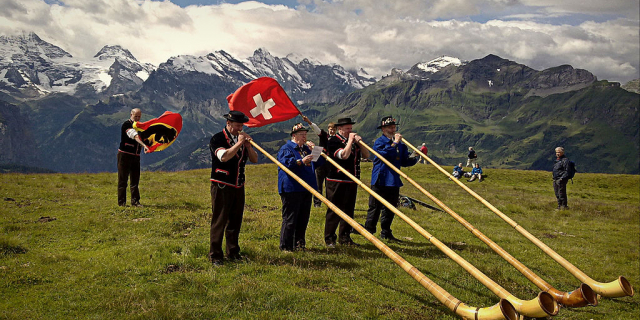



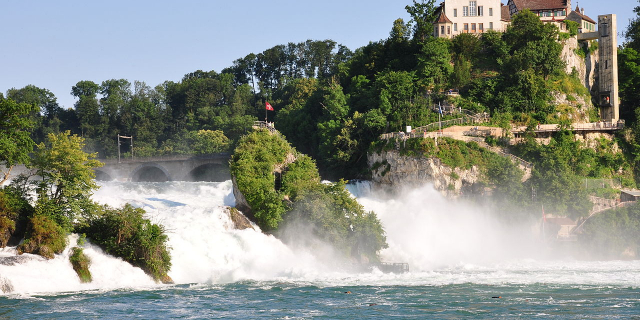

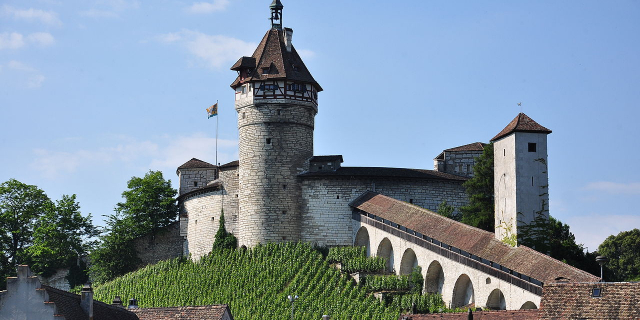

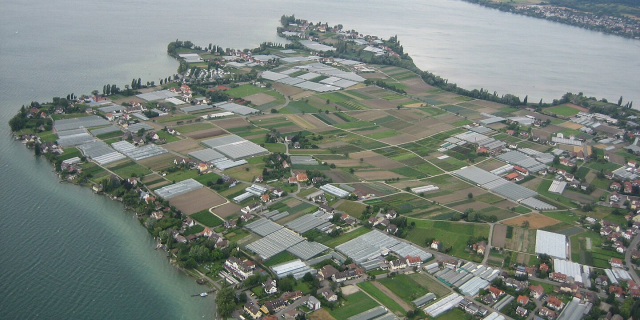






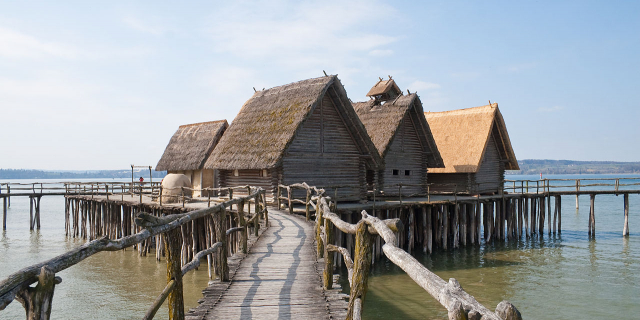
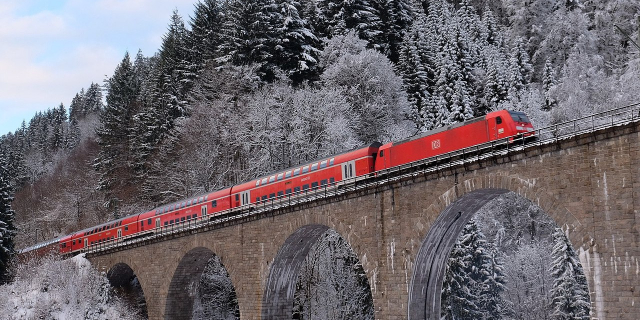




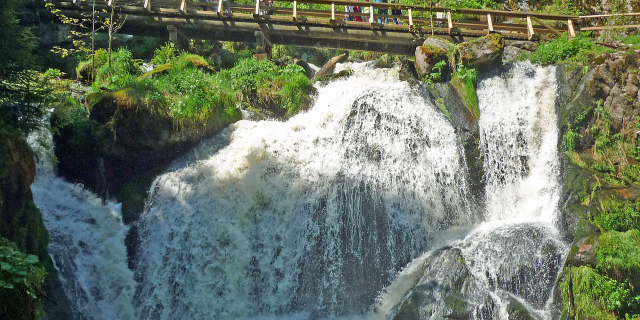





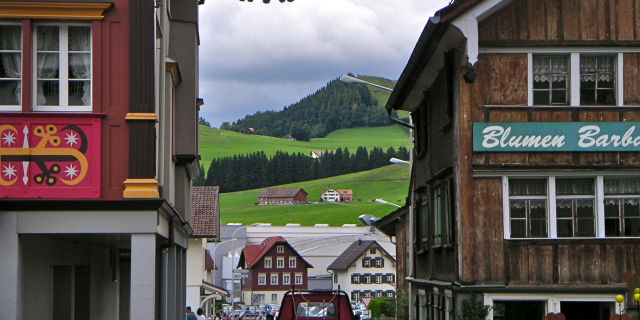
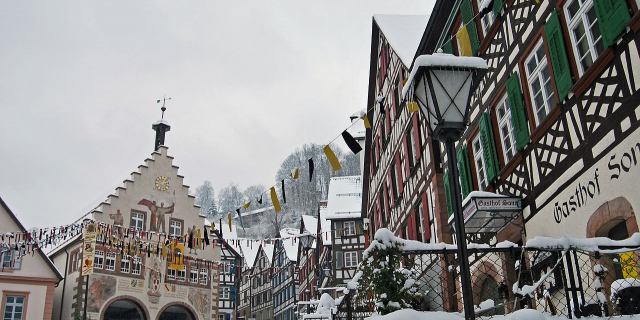

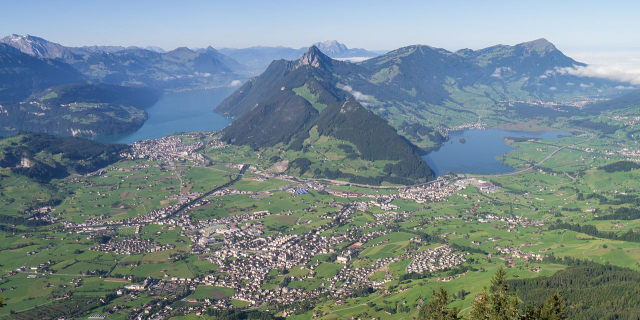




Add new comment